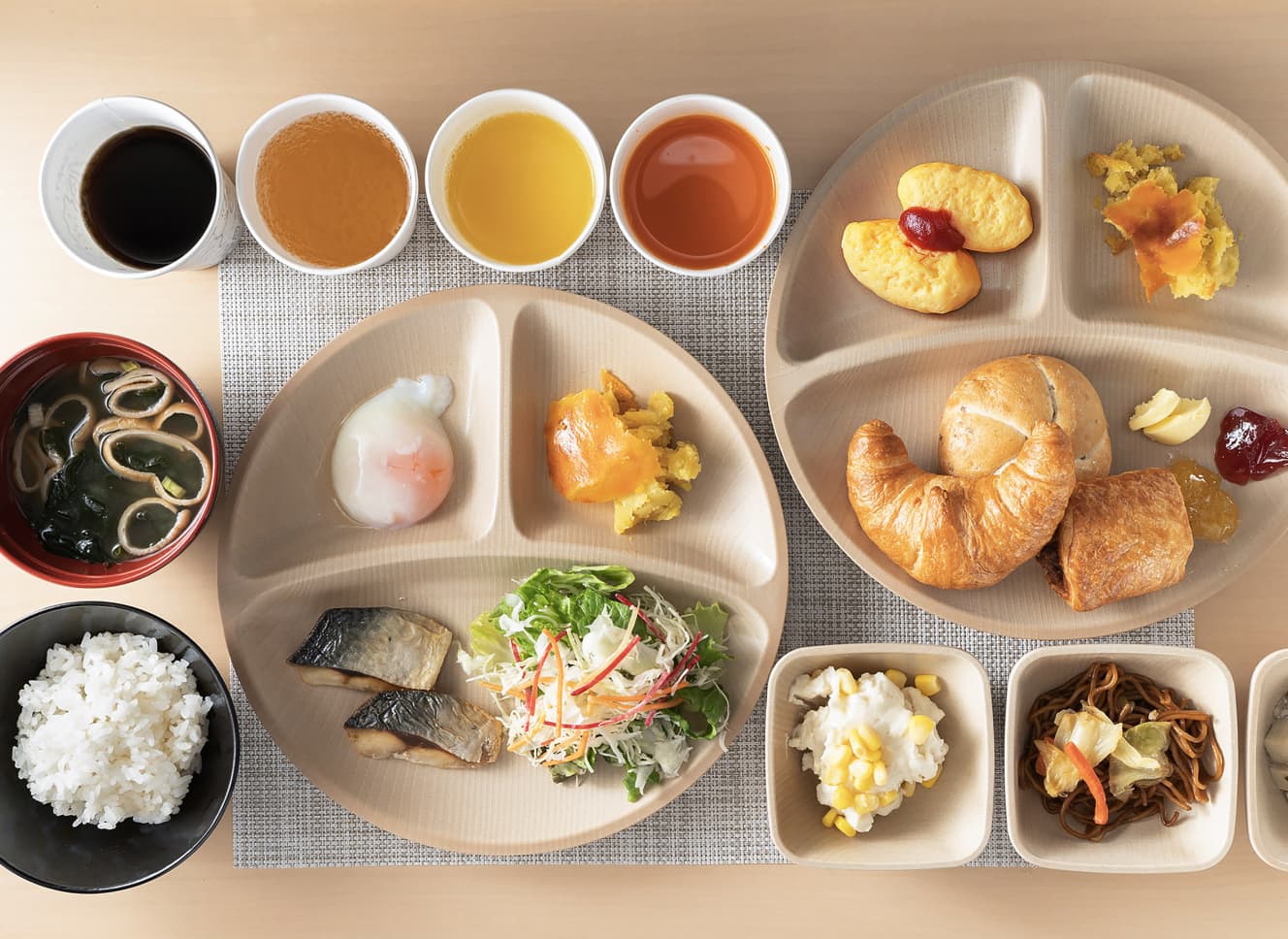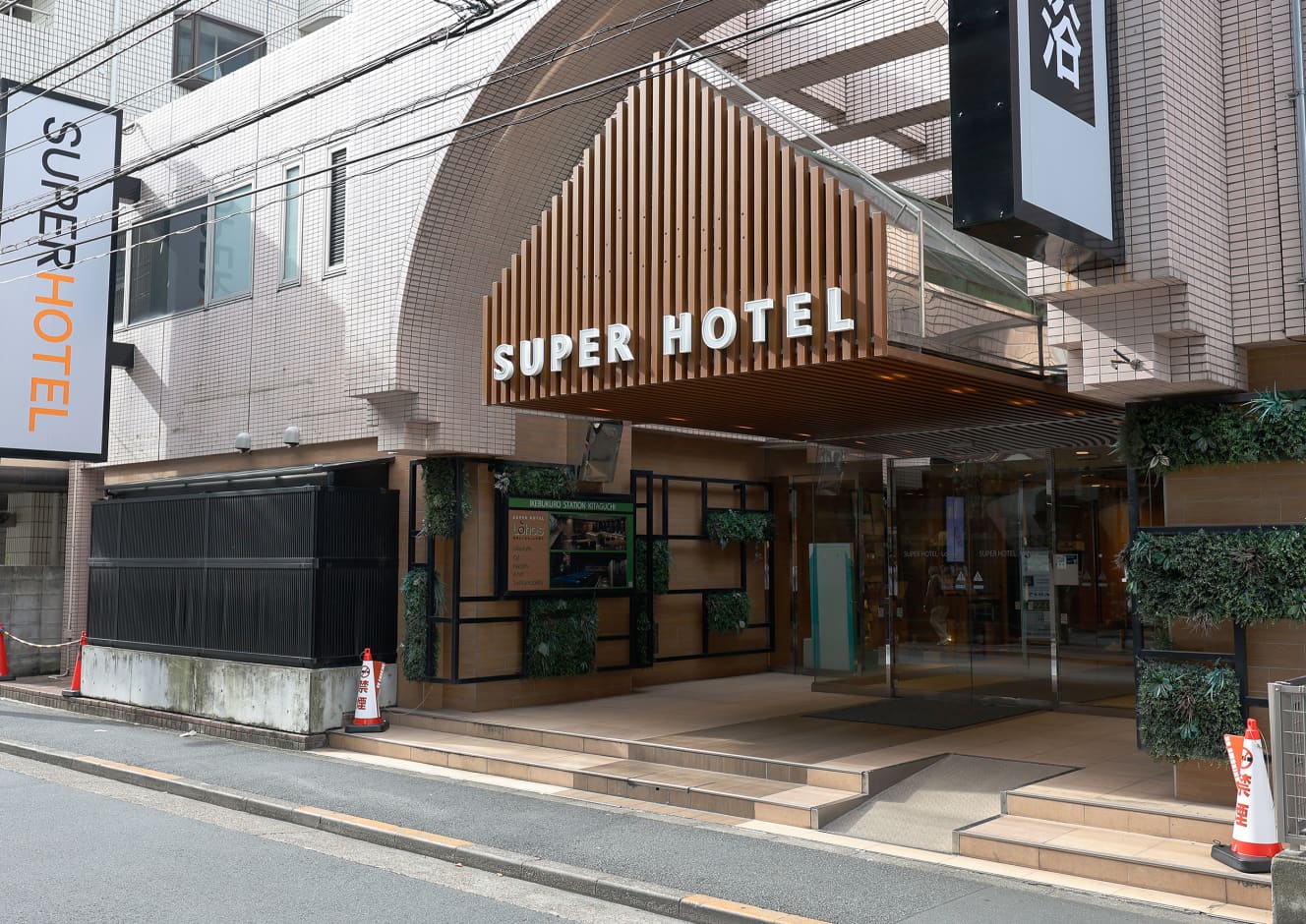New Strategy for 10,000 Yen Stays: Business Hotels’ Latest Trends & Tips
APA, which is on a path of super-expansion, Toyoko INN, which is going back to its roots, Lutoyoin, the king of roadside hotels, Dormy Inn, which is winning in service, Super Hotel, which is health-conscious, and others



A period of transformation since the collapse of the bubble economy.
Business hotels, known for their good access and affordable accommodations, have long been a reliable choice for business trips.
With the increase in business trips during the economic growth of the 1980s, business hotels experienced their first golden era. At that time, Tokyu Inn, Hotel Sunroute, and Washington Hotels were known as the “Three Major Business Hotels.”
“These three companies also had banquet facilities and offered services similar to those of luxury hotels at the time. However, with the collapse of the bubble economy, the demand for business trips and banquets drastically decreased. Hotels that offered extremely affordable rates of around 5,000 yen per night gained popularity. It was during this time that APA Hotel, Toyoko Inn, and Route Inn emerged and came to be known as the ‘New Three Major Business Hotels,'” said Junosuke Nagahama, a distribution journalist.
The “New Three Major Business Hotels” were all founded around 1985, just before the bubble economy began. A common characteristic among them is that they resisted the trend of offering luxurious services during that era and instead operated under the banner of low-cost, low-price management. They expanded nationwide when land prices plummeted, and to this day, they remain leaders in the industry. However, following the COVID-19 pandemic and the rapid increase in inbound tourism demand, the industry is once again entering a transformative period, reminiscent of the changes after the bubble economy collapse.
“Once, single rooms were priced between 5,000 to 6,000 yen per night, but now, all the major chains have raised their prices to over 10,000 yen, with a strong price-setting strategy. Dynamic pricing has also been introduced, meaning that when events such as concerts are held nearby, it is not uncommon for a single night to cost over 30,000 yen,” said an economic newspaper reporter.
Amid rising costs, companies that once led the industry with low prices are now in a situation where they must offer new added value to survive. Let’s report on the latest developments in the business hotel industry, where major chains are competing fiercely.
APA Hotels has established its position as the largest domestic chain, both in terms of sales and the number of hotels. In 2006, it was one of the first to introduce dynamic pricing, and even during the COVID-19 pandemic, it continued to pursue an aggressive expansion strategy. Market advisor Hideo Amano explains APA’s strategy.
“They have succeeded in acquiring struggling railway-affiliated hotels and utilizing them with minimal renovations, significantly cutting construction costs and the time needed to open. Hotels like ‘Keikyu EX Inn’ and ‘Nishitetsu Inn Shinsaibashi,’ which were acquired during the pandemic, have now become flagship properties for APA. The company’s strength lies in its speed-oriented management, led by the founding family.”
Another strength is the attention to detail in cost management. As long-time industry journalist Nagahama continues:
“They use heat-insulating materials for the curtains to improve the efficiency of air conditioning and heating, and have designed the bathtub in a unique egg shape to achieve a 20% water savings. The distinctive black and orange exterior increases visibility, allowing them to promote their brand without incurring additional PR costs.”
The key to prosperity lies with the younger generation.
The third-largest in terms of sales among the “New Three Families,” Toyoko INN, is in the midst of a brand transformation. Hotel critic Nobuaki Nagahama, who spends 360 days a year staying in hotels, says:
“While the core repeat customers are mainly middle-aged and older, the company seems to be preparing for the aging of its customers by working on a new image that appeals to younger people, such as updating its logo and guest rooms. They are promoting a new concept of ‘base hotels,’ positioning them as starting points for both business and leisure.”
While undergoing this image change, Toyoko INN is also returning to the approach it had at its founding to aim for leadership in the industry.
“The price fluctuation range is more modest compared to other companies. Since its inception, Toyoko INN has emphasized being the reinforced concrete version of a station-front inn. They offer free local gourmet breakfast. The guest room bathtubs are designed to cater to Japanese preferences, being spacious and deep,” adds Nagahama.
Route Inn, which has developed mainly in suburban areas, is strong in roadside locations and offers ample parking, making it a significant ally for business trips by car. An economic newspaper reporter comments:
“By opening near low-priced real estate, such as at highway interchanges, Route Inn keeps accommodation costs low. Many of their hotels feature scenic large baths, which not only enhance customer satisfaction but also save the cost of installing bathtubs in rooms. Additionally, they strategically avoid major entertainment districts in urban areas.”
Emerging forces are also threatening the “New Three Families.” Super Hotel is trying to break into the market by emphasizing health-conscious offerings. They provide a free breakfast featuring organic vegetables, and have implemented initiatives like health ion water.
They also established the “Good Sleep Research Institute” in collaboration with Professor Emeritus Kiyoe Shimizu from Osaka Prefectural University, focusing on improving the quality of sleep for guests.
“They offer eight types of pillows to choose from, and their windows, doors, and walls are soundproofed. The refrigerators are also quiet, contributing to a comfortable sleeping environment,” says Nagahama.
Super Hotel’s online store allows customers to purchase the eight types of pillows. If guests find one they like during their stay, they can experience the same comfort at home.

There is a trick to making reservations.
Dormy Inn, which prioritizes high satisfaction services even if they come at a slightly higher price, is positioned as an evolved business hotel, distinct from the four companies introduced earlier. Aviation and travel analyst Kotaro Toriumi explains:
“Although it’s an additional cost, the breakfast, made from scratch and including local specialties, is unmatched in the chain. The large public baths equipped with both hot springs and saunas can be considered the strongest in the business hotel world.”
Coffee, ice pops, and late-night soba (noodles) are all free of charge, showing attention to customers seeking value for money. To meet tourism needs, the Premium line, which offers larger rooms and Japanese-Western style rooms, has been successful, with a higher profit margin per building.
Capsule hotels, once seen as a last resort when business hotels were fully booked, have also evolved.
Anshin Oyado, which quickly launched luxurious capsule hotels, offers free alcohol and artificial hot springs at all of its locations. Nine Hours has introduced a service in some stores where sensors inside the capsule beds measure sleep quality and breathing patterns, and if any health risks are detected, they provide hospital referrals. This service has gained popularity.
How can you stay at these business hotels for the lowest possible price? The previously mentioned analyst, Kotaro Toriumi, shares tips on booking at the best rates.
“Actually, booking through the hotel’s own website is usually the cheapest option. Many people use travel booking sites for convenience, but the prices on those sites often include the commission fees that the hotel has to pay, making them more expensive.”
If the prices on the booking site and the hotel’s own site are similar, it’s a good idea to check for any sales or promotions on the booking site, adds Toriumi.
“Rakuten Travel offers a 5% point rebate, and Ikyu frequently runs sales with a 20% rebate, so in cases where the price difference is small, booking through the travel site can sometimes be more economical.”
It’s also useful to keep in mind services that offer lower rates for late-night stays. For example, Toyoko Inn offers a “Midnight Time Service” that allows guests to book rooms at a discount of up to 51% if there are available rooms after 11 p.m. While bookings can only be made after 11 p.m., this is convenient for situations when you suddenly need to stay overnight instead of just returning home the same day.
Registering for membership programs that allow you to earn points at each hotel is also important for keeping accommodation costs down, explains the previously mentioned Takizawa.
“At APA Hotels, 4-15% of your accommodation cost is returned as points. Since 1 point equals 1 yen, the rebate rate is quite high. Additionally, although there is a membership fee of 1,500 yen, at Toyoko Inn, you can always get a 5% discount on accommodation fees once you’re a member. After 10 stays, you will receive a free night stay in a single room. It’s definitely worth taking advantage of this.”
As business hotel chains raise their prices, their services are also evolving and becoming more comprehensive. By understanding each hotel’s strengths, you’re sure to enhance your satisfaction during your stay.
 Many of Dormy Inn’s large public baths are equipped with saunas, which have become a signature feature of the brand (photo from the company’s website).
Many of Dormy Inn’s large public baths are equipped with saunas, which have become a signature feature of the brand (photo from the company’s website).
PHOTO: Hiroyuki Komatsu (2nd, 4th, and 7th photos)

